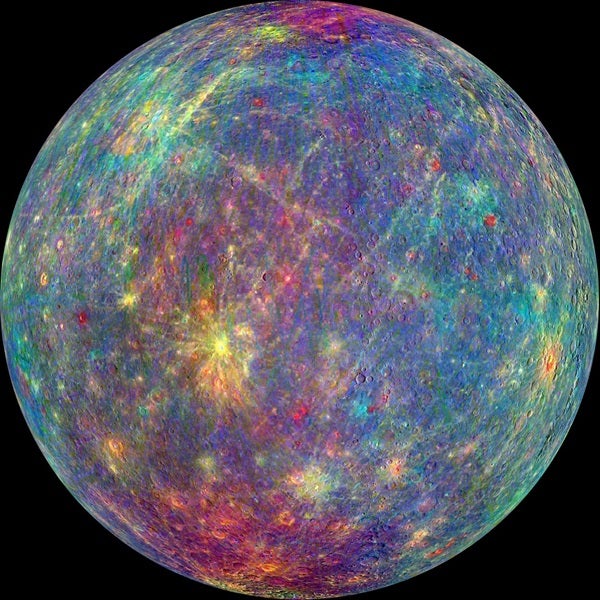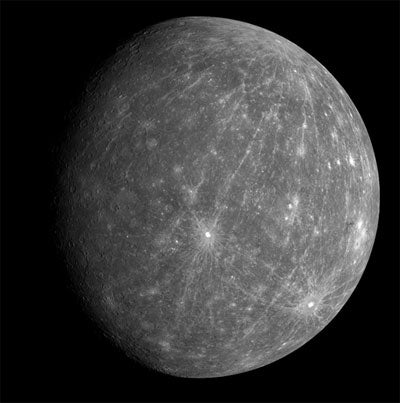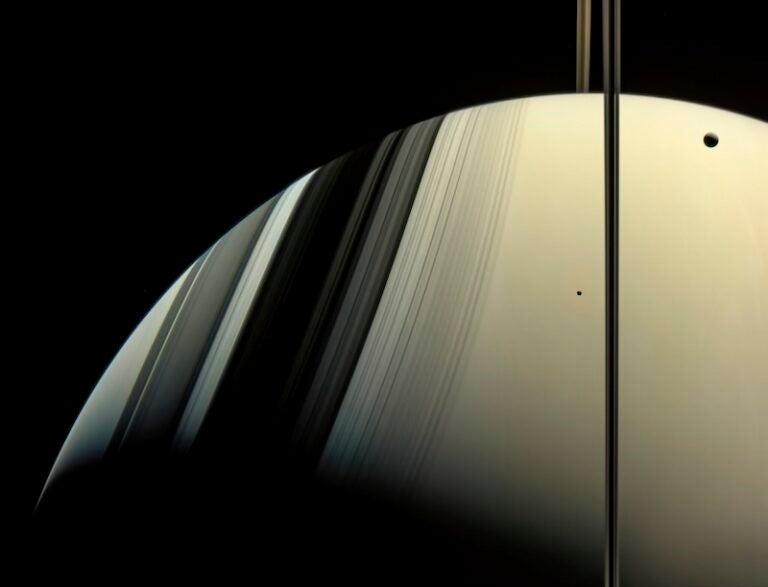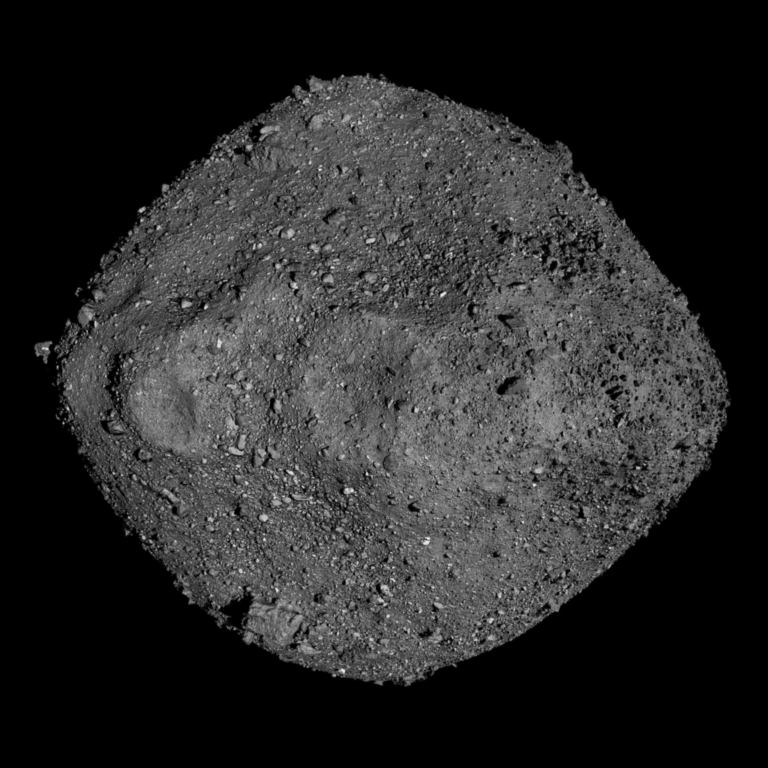After tonight, the tiny planet will appear lower in the sky each day. But stay tuned, because this Sunday, Mercury, Venus, and the Moon will paint a beautiful picture as they cluster together in the sky, 10° high 30 minutes after sunset.
Although secure today in its place as the innermost planet, astronomers once thought that Mercury might actually hold second place. Its unique orbit precesses, or shifts in orientation, around the Sun, which was believed due to an unseen planet orbiting closer than Mercury. Now, though, we know that this precession is actually due to the effects of general relativity, as the Sun’s mass deforms space-time around it.
Mercury rotates on its axis with nearly no tilt whatsoever, meaning the planet experiences no seasons and there are places at the poles where sunlight never touches, blocked by steep crater walls. Solar radiation and micrometeorite impacts are two of the major forces that have shaped — and continue to influence — this world, and we are still digging for clues on its history and evolution. Only two spacecraft have ever visited, and the entire surface wasn’t even imaged until earlier this century.

Would you like to learn more? Check out our free downloadable eBook: Venus and Mercury: Hot, volatile planets, which includes the original magazine spread of “Torrid Mercury’s icy poles.”











